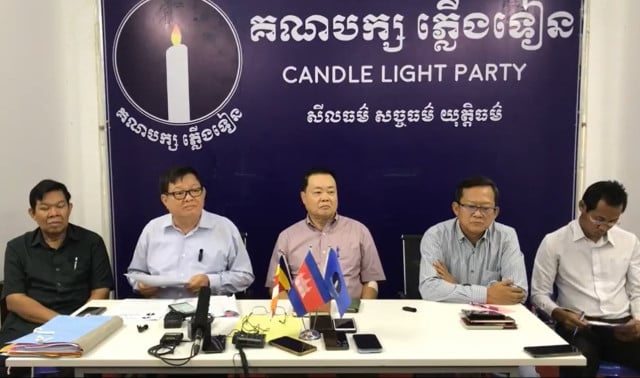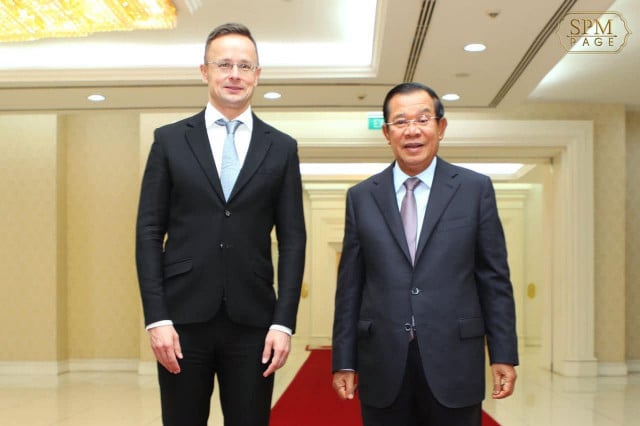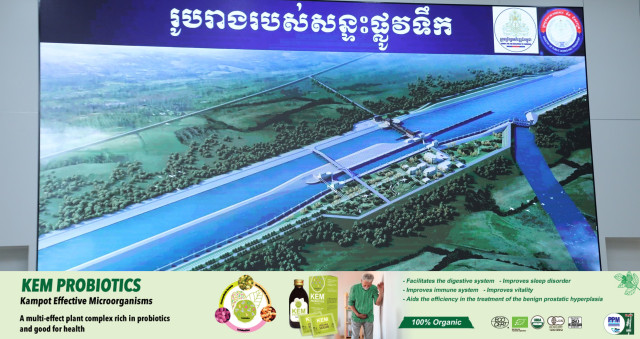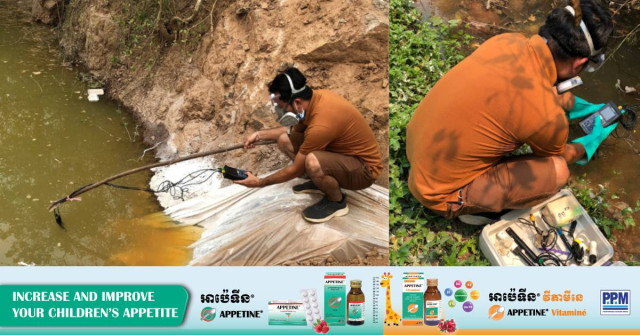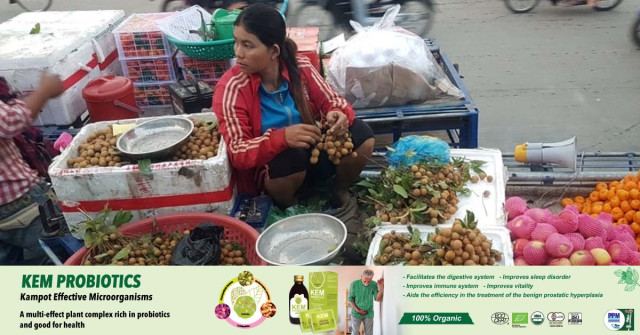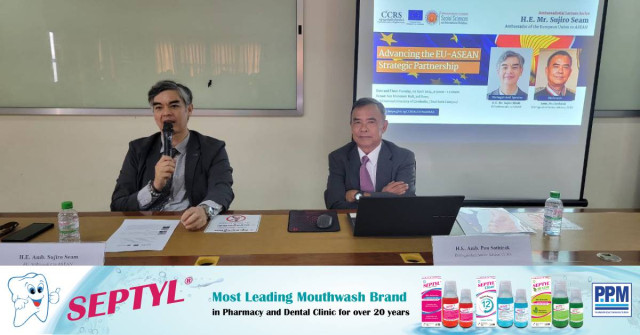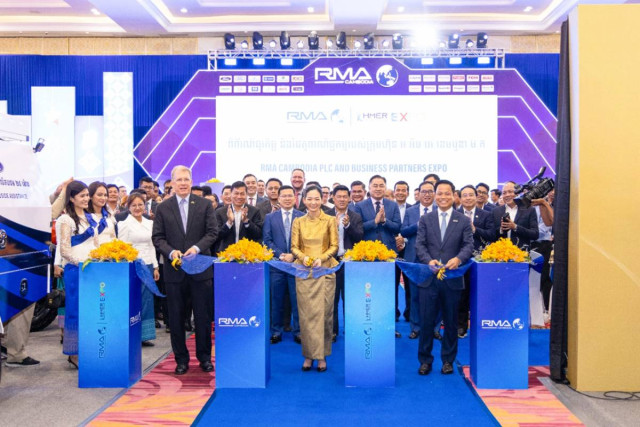How to Cool Southeast Asia’s Cities Using Eco-friendly Solutions

- By Cambodianess
- March 8, 2023 11:04 AM
In 2016, a heatwave scorched Southeast Asia, with some countries recording temperatures up to 44.6°C (112.4°F), beating all-time national highs.
Heatwaves, periods of 7–10 days of abnormally hot weather, are an increasingly common hazard in Southeast Asia.
According to estimates, global warming of 1.5°C could expose 14% of the world population to severe heatwaves at least once every 5 years, and this figure rises to 37% under a 2°C warming scenario.
Climate model experiments suggest that due to global warming, future heatwaves in the region could become more intense, frequent, and persistent, especially during the pre-monsoon period.
Protecting the vulnerable
Across the region, the urban poor—including people living in informal settlements—are most at risk from heat stress as they typically live in low-quality and overcrowded housing with poor ventilation and limited access to cooling. Typically involved in the informal economy and often engaged in outdoor work under the sun, the urban poor is also vulnerable from extreme heat in terms of their health and productivity. They also tend to have limited coping capacity to deal with increases in food prices due to the impact of heat stress on food production in rural and peri-urban areas, thus impacting their health and nutrition. The urban poor may also rely on fragile water, energy, and health services.
As such, it is critical to scale up pro-poor investments in dealing with heat stress. Such investments are needed at different scales—human, building, neighborhood, and city—to limit exposure of the urban poor to heat stress through a range of climate adaptation measures, says a report from the Asian Development Bank.
Such measures will require adopting people-centered, eco-friendly solutions.
Recommendations
Here are eight measures to help the most vulnerable be more resilient against heat stress.
1. Improve preparedness through heat action plans. Institutionalize the process of developing and implementing heat action plans at the city level, with standard operating procedures for improving preparedness in the health sector.
Such plans should include standard operating procedures in activating interagency coordination in response to heat stress-related early warning.
2. Adopt heat-responsive building design standards. Housing and urban design can play a critical role in reducing the urban poor's exposure to extreme heat. This entails revisiting standards, construction codes, and guidance available for housing, public buildings, pavement design, and street furniture.
Housing design standards can recommend the use of cool roof technology and use of passive design practices. Many countries have adopted green building standards and rating schemes, which should include measures to reduce exposure to extreme heat.
3. Undertake risk-based land use management. Implementing urban land use management processes such as land use planning, development controls, green space development, and urban redevelopment can provide opportunities for reducing exposure to extreme heat.
A land use plan for a new city can propose strategies such as air corridors created by distinctive positioning of green and open spaces. Land use plans for existing cities can also introduce percentage targets (for public and private spaces) for maintaining green spaces including, parks, green belts, and city forests and reservoirs in peri-urban areas. Zoning ordinances can promote bylaws such as green buffers. Such measures not only help in improving the microclimate and thereby reducing heat stress, but also increase overall attractiveness of the city and reduce costs associated with use of energy.
4. Improve employment and labor market-related regulations to protect workers from extreme heat. This entails adopting regulations, codes, and guidelines that consider the protection of both outdoor and indoor workers from extreme heat as there is a direct link between heat stress, decent work, and worker productivity.
As such, employment and labor market-related policies should protect both outdoor and indoor workers from extreme heat. Prescribing maximum temperatures to which workers may be exposed or introducing more breaks and flexible working hours during the hottest times of the day are among policies that should be considered.
5. Implement large-scale “cool roof” programs. Cool roofs are relatively new solutions that refer to the outer layer or exterior roof surface that acts as a key reflective surface.
Undertaking a large-scale “cool roof” program for lower-income housing and informal settlements would entail using a combination of technical assistance, subsidies, and access to finance for both investing in and maintaining cool roofs. A cool infrastructure program is envisioned at the city level for lower-income housing developments.
6. Scale up investments in blue and green solutions as part of urban infrastructure. Investing in blue and green infrastructure can provide opportunities to adapting to extreme heat, while contributing to other social, economic, and environmental benefits.
These blue and green infrastructure options, include building cool pavements, restoring natural water bodies, and preserving and restoring vegetated open spaces.
7. Upgrade design standards for urban design. Training programs on heat adaptation measures installation and maintenance should be conducted, in particular for the construction professionals (architects, engineers, commercial and residential developers, and construction companies).
Such programs would equip the individuals with the skills to implement and maintain the solutions independently and create new job opportunities.
8. Involve architects and community members, especially women, in the development of simple guidelines on low-cost materials that can be used with passive design approaches and adopted by households. Houses in informal settlements typically range from a simple cardboard shack to a much more substantial concrete-block structure.
Acknowledging that people in informal settlements build the way they do because of very basic practical reasons on how much they can afford is vital. As such, materials must be affordable, and the skill set for using those materials readily available.
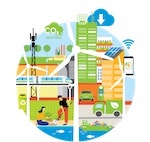 #SEADS2023 on 30 March will explore innovative technologies and solutions, financing mechanisms, and policies that can help Southeast Asia meet its net-zero goals. Join the discussion. Learn, share, collaborate. Register.
#SEADS2023 on 30 March will explore innovative technologies and solutions, financing mechanisms, and policies that can help Southeast Asia meet its net-zero goals. Join the discussion. Learn, share, collaborate. Register.






